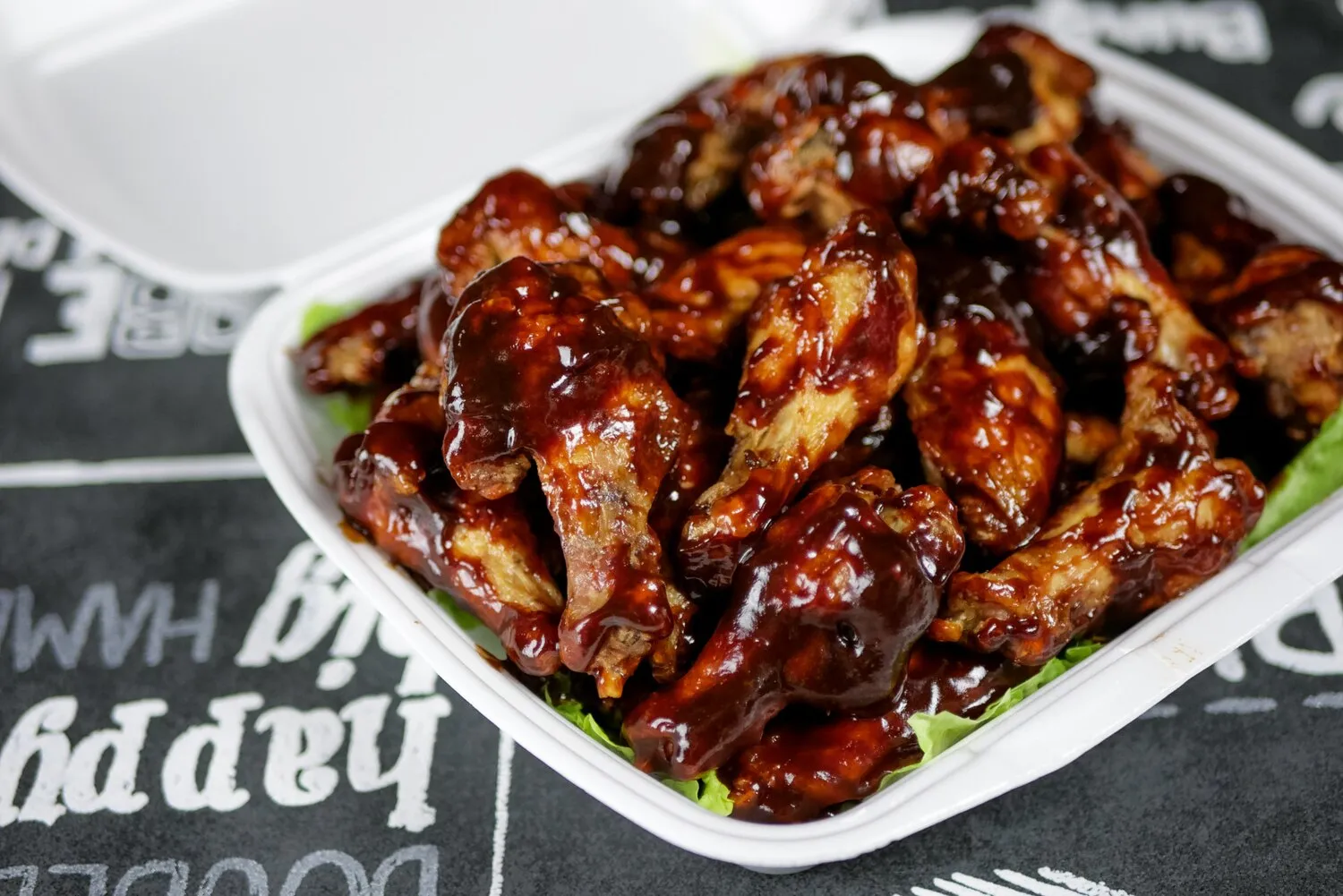
Kibe
Deep-fried or baked bulgur wheat patties filled with minced meat, onions, and spices.
Nutrition Facts
* The % Daily Value (DV) tells you how much a nutrient in a serving of food contributes to a daily diet. 2,000 calories a day is used for general nutrition advice.
Kibbeh's origins can be traced back to the medieval Levant, reflecting the region's rich history and the influence of various cultures and empires including the Ottoman Empire. The use of bulgur wheat is a testament to the area's agricultural landscape and dietary traditions. The dish evolved as a way to utilize readily available ingredients and create a hearty, flavorful meal.
Kibbeh holds significant cultural importance in Lebanese and Middle Eastern cuisine, often representing hospitality, family gatherings, and celebrations.
Family Gatherings and Celebrations
Kibbeh is a staple dish prepared for special occasions like family gatherings, holidays (such as Eid), and celebrations. Preparing kibbeh is often a collaborative effort, with family members contributing to the process.
Regional Variations
Different regions and families have their own unique variations of kibbeh recipes, reflecting local ingredients and culinary preferences. These variations showcase the adaptability and versatility of the dish.
Symbol of Hospitality
Serving kibbeh to guests is a gesture of hospitality and generosity, showcasing a host's culinary skills and welcoming spirit.
Kibbeh offers a harmonious blend of savory, earthy, and subtly spiced flavors.
The primary flavor profile revolves around the savory combination of ground meat (lamb or beef) and the earthy taste of bulgur wheat. Onions contribute a sharp, aromatic note, while spices like cinnamon, allspice, nutmeg, and pepper add warmth and complexity. Mint and parsley introduce a fresh, herbal element that balances the richness of the meat. In some variations, pine nuts add a nutty texture and flavor dimension. The cooking method, whether fried or baked, further influences the final taste, with frying imparting a crispy exterior and baking creating a softer texture.
Bulgur Preparation
Soak the bulgur properly. Over-soaking can lead to a mushy texture, while under-soaking can result in a dry, crumbly mixture. Use fine bulgur and soak in cold water for the appropriate time (usually specified in the recipe).
Meat Quality
Use lean ground meat (lamb or beef) to prevent the kibbeh from becoming too greasy. Grind the meat finely for a smoother texture.
Spice Balance
Adjust the spice blend to your preference, but ensure a balanced combination of warm spices (cinnamon, allspice, nutmeg) to complement the meat and bulgur.
Kibbeh Shaping
If making filled kibbeh, create a thin, even shell of the bulgur mixture to prevent cracking during cooking. Use a wet hand to shape the kibbeh and prevent sticking.
Cooking temperature
When frying, ensure the oil is hot enough to achieve a crispy exterior without overcooking the inside. If baking, bake at the correct temperature to ensure inside is cooked evenly.
Explore additional Appetizers dishes and restaurants
Explore AppetizersDiscover top dining spots and culinary experiences in Curitiba.
Explore CuritibaLearn more about the food culture, restaurant scene, and culinary heritage of Brazil.
Explore Brazil